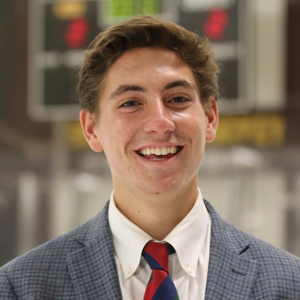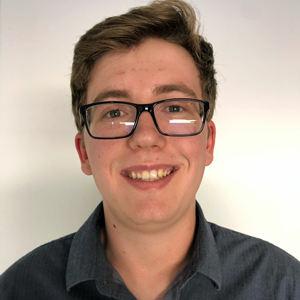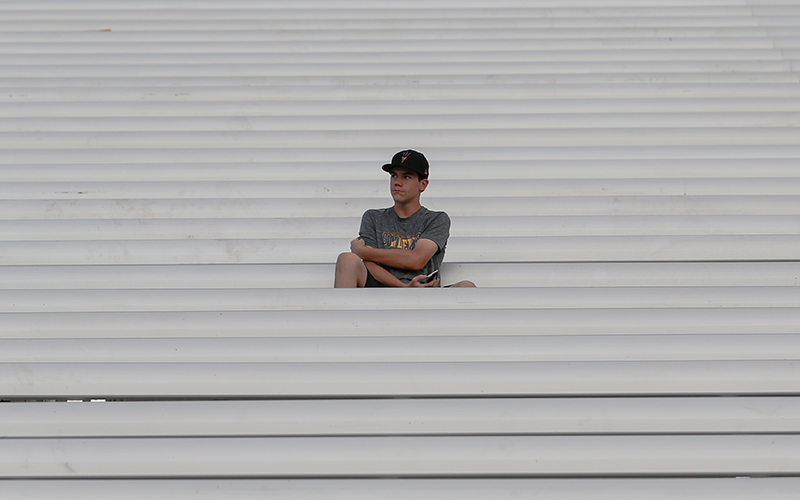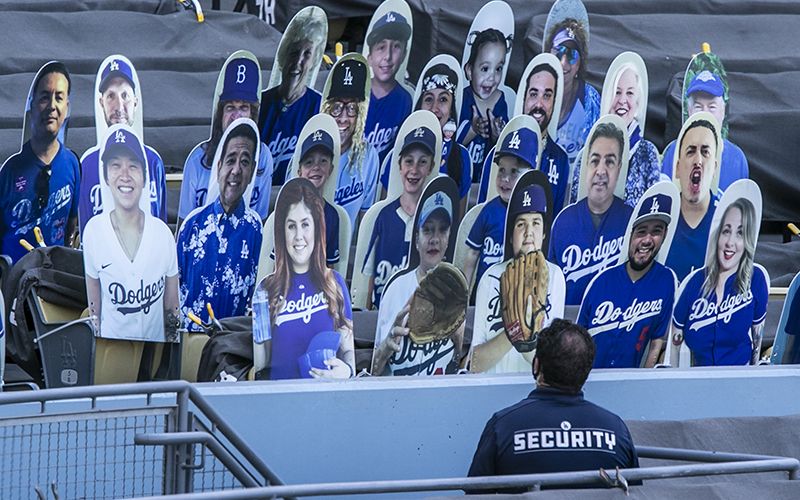PHOENIX – Gov. Andrew Cuomo’s announcement Tuesday that fans will not be allowed to attend college sporting events in the state of New York during the fall shed light on an interesting discrepancy between New York and Arizona.
One has a lot of colleges. The other does not.
New York has 102 schools that sport Division I, II or III programs. Arizona? Try four: Arizona, Arizona State, Northern Arizona and Grand Canyon.
The abundance of schools in New York made Cuomo’s decision a significant story.
“Fanless, the game can go on, the game can be televised, but no fans,” Cuomo said during a conference call with reporters.
Even though Arizona has been a COVID-19 hotspot, Gov. Doug Ducey has not made a statement about whether fans will be allowed to cheer on their colleges or universities this fall.
Arizona has among the fewest collegiate offerings in the country. It does have four NAIA schools: Arizona Christian, Benedictine University at Mesa, Embry-Riddle Aeronautical, Park University and Ottawa University
At the junior college level, the Maricopa County Community College District has already announced it is pushing fall and winter sports to the spring. Football is not one of them as the district eliminated the sport after the 2018 season.
Many of those players have ended up with the five-team Hohokam Junior College Athletic Conference (HJCAC), which still hopes to have a fall season.
“Obviously, the situation is fluid during these unprecedented times,” executive director of HJCAC, Steven Weiss, told azcentral.com, ” and we will continue to monitor government and health officials recommendations as we are constantly reevaluating the circumstances so that we can provide the safest and most prudent return to play protocols for our student-athletes, coaches and staff members.”
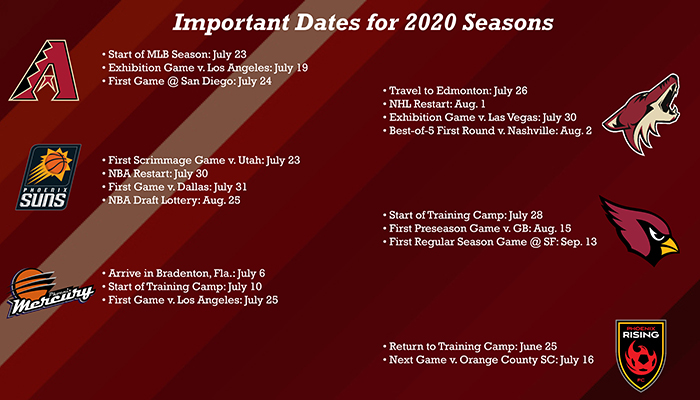
Suns practice, play, fish
The Phoenix Suns, despite the complications presented by the NBA’s “bubble,” seem to be enjoying Orlando.
Devin Booker compared the experience to college, especially with the way workouts are set up.
Typically, players work out individually with a trainer, but the team has returned to the traditional method of circuit and group workouts.
He admits he is ready for more, though.
“Enough ping pong with my friends. Enough bag toss with my friends. Getting some good bump up and down is what I’m looking forward to,” he said.
Coach Monty Williams said that he has seen players fishing, hanging out on the lake and playing games like Spikeball.
He even went fishing with forward Mikal Bridges, who had never fished before.
Williams noticed Bridges’ fishing rod moving and told him just as Bridges was answering a call from Suns point guard Ty Jerome. Trying to reel in the fish while having a phone conversation didn’t work out for Bridges. He lost the fish.
Williams told Bridges that he didn’t care.
“if it’s your wife or God. You never answer the phone when you get a hit.”
The team also doesn’t seem concerned about playing without an audience.
“I’ve made more shots with people not around than with the fans,” Booker said.
Healthy bubble players
Early results from life in the bubble have been encouraging for major sports leagues.
On Monday, the NBA, NHL and Major League Soccer announce the results of recent testing. Only two tests came back positive from the three leagues.
Both were from the NHL, which saw over 800 players take 2,618 tests from July 13-17, the first five days of training camp.
The NBA, meanwhile, said tests of 346 players at the bubble campus in Orlando, Florida, yielded no positive results. That’s an improvement from its last report on July 13, which showed two of 322 players testing positive.
Major League Soccer also had a strong showing. A group of 1,106 — including players, coaches, referees and staff staying at the host hotel in Florida — were tested for COVID-19 between July 18-19.
No tests came back positive.
Major League Baseball’s most recent results – revealed last week – showed just six positives among 10,548 tests, a 0.05% positivity rate. That was down from 12 the week before.
